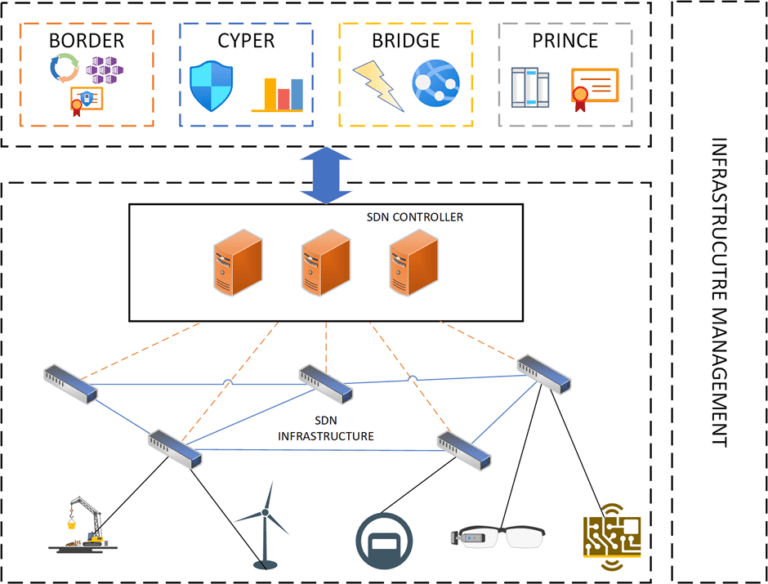Modern Electrical and Power Energy Systems (EPES) are characterised by a distributed design where sensors are used to measure, control, and monitor the entire infrastructure overcoming many limitations of past approaches. The so-called Smart-Grid (SG) constitutes one of the most typical examples of Internet of Things (IoT) applications. The IoT though is accompanied by a multitude of security concerns and risks that are inevitably inherited from the Smart Grid leading to the need for security. The ELECTRON project aims at offering a new-generation EPES platform, capable of enhancing the resilience of energy systems against cyber, privacy, and data attacks. The ELECTRON consortium is happy to announce the completion of the ELETRON platform architecture, completing an important phase of the project. In brief, the novelty of ELECTRON solution is summarised in the following pillars:
- Collaborative risk assessment
- Cybersecurity certification and training through AR/VR methods
- Grid islanding and network isolation and recovery
- Intrusion detection and correlation
- Post Quantum Cryptography in the Electrical Grid
Based on these pillars ELETRON introduces four frameworks, as illustrated in the figure below, to facilitate the promised functionality. Moreover, the management plane is a vertical plane which administrators and authorised personnel have access in order to manage these devices. The four frameworks are as follows:
- BORDER focuses on the dynamic and collaborative risks assessment and the cybersecurity certification of the EPES entities/devices. In addition to the aforementioned functionality, BORDER offers a repository of ready-to-deploy honeypots with a profile similar to real assets.
- CYPER offers decentralised intrusion detection and prevention of EPES infrastructures against various threats and attacks using Federated Learning and Advanced Persistent Threats knowledge. Moreover, it offers a rich SIEM tool and novel homomorphic encryption techniques able to withstand next-generation computing models.
- BRIDGE focuses on the prevention and mitigation of cyberattacks taking full advantage of SDN technology and prevention cascading effects of electrical grid attacks by partitioning the grid leveraging ML models to timely detect abnormalities in the energy distribution. Finally, through BRIDGE energy transactions will be realised through blockchain technology.
- PRINCE framework is a cybersecurity training and certification platform specifically designed for employees in the timely identification of security incidents using AR/VR methods.

